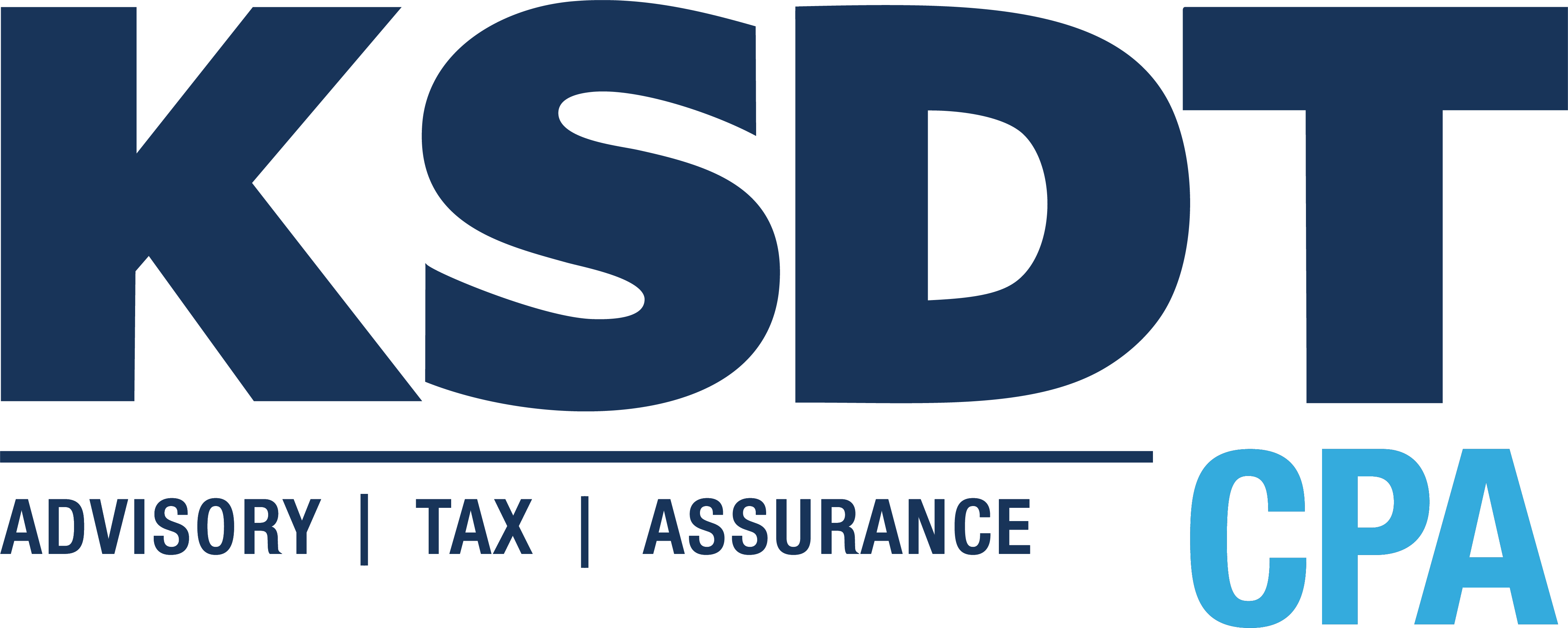Do you have a lot of customer service inquiries in your business? If so, it can be a challenge to manage them all. Being responsive with customer service can make all the difference in your company’s success, so it makes sense to take a look at some tools that can streamline the process.
The most common solution to automating customer service inquiries is to implement a ticket management system, which is also called help desk software. Some of the things that are important to consider include:
- How fast you can respond to a customer
- How well you solve the customer’s problem
- How to track a customer’s issue if it has to be open for a while before it can be solved
- How to do all of this in a cost-effective and efficient, yet friendly, manner
These days, an inquiry can come from a multitude of places:
- Phone calls and voice mails
- Emails
- Text messages
- Social media accounts, for all the platforms you have a business presence
- Posts, replies, and comments
- Messaging
- Any other methods you have set up in your social accounts
- Chat feature on website
- Snail mail
That’s a lot of inputs to organize. When they can all be fed into the same system, you have just unified your messaging input and taken a giant step toward organizing all of these moving parts. A good ticketing system will accomplish this, and the feature you want to ask for is multi-channel accessibility.
Keeping your customer service costs low is another factor, and one way to accomplish that is to help users self-serve and solve their own issues when they can. This requires a robust knowledge base feature. A knowledge base is a set of how-to articles and videos of the most frequently asked customer service questions.
Here are a few very basic topics to consider including in your knowledge base:
- What forms of payment do you accept?
- What is your shipping policy?
- How can I get help if I need it?
- What is your return/refund policy?
- What is your privacy policy?
- What is your guarantee?
- Is my data secure with you?
- How do I update my credit card/address/phone/email?
- When will my items arrive?
- What licenses do you have?
- What are your hours?
- Do you have hours for seniors?
- How do I login?
- How do I access my digital items?
- What are your covid-19 policies for your employees? For customers?
- Are you hiring? How do I apply? What are your employment policies?
A good ticket system will also have the ability to customize the ticket, the customer service agents, the customer records, and the other important parts of the system. For example, you may want to set up your own status items for each ticket. Open, assigned, active, hold, and complete are typical status types, but you may need another one.
The workflow must also be considered in a ticket system. How does a typical ticket flow through your business, and can the system replicate that flow.
Other important features of a ticket system include:
- Support for multiple languages
- Customer response to tickets, as well as customers can view status of their tickets
- Uptime of system – service-level agreements
- Tracking, such as number of open tickets, tickets on hold, and the like
- Reporting metrics, such as wait time, ticket servicing time, and number of tickets handled by each agent
- Ticket tagging and categorizing
- Feedback loop for customer suggestions of product improvements
- Ease of use for customers and agents
- Notifications
A few of the most popular ticket management systems include:
- Zendesk
- Freshdesk or Freshservice by Freshworks
- Zoho Desk
- HubSpot Service Hub
- Salesforce Service Cloud
- LiveAgent
There are literally hundreds of technology options for any size business.
If you want to take your customer service to the next level or just want to get more organized, consider looking into these ticket systems.





